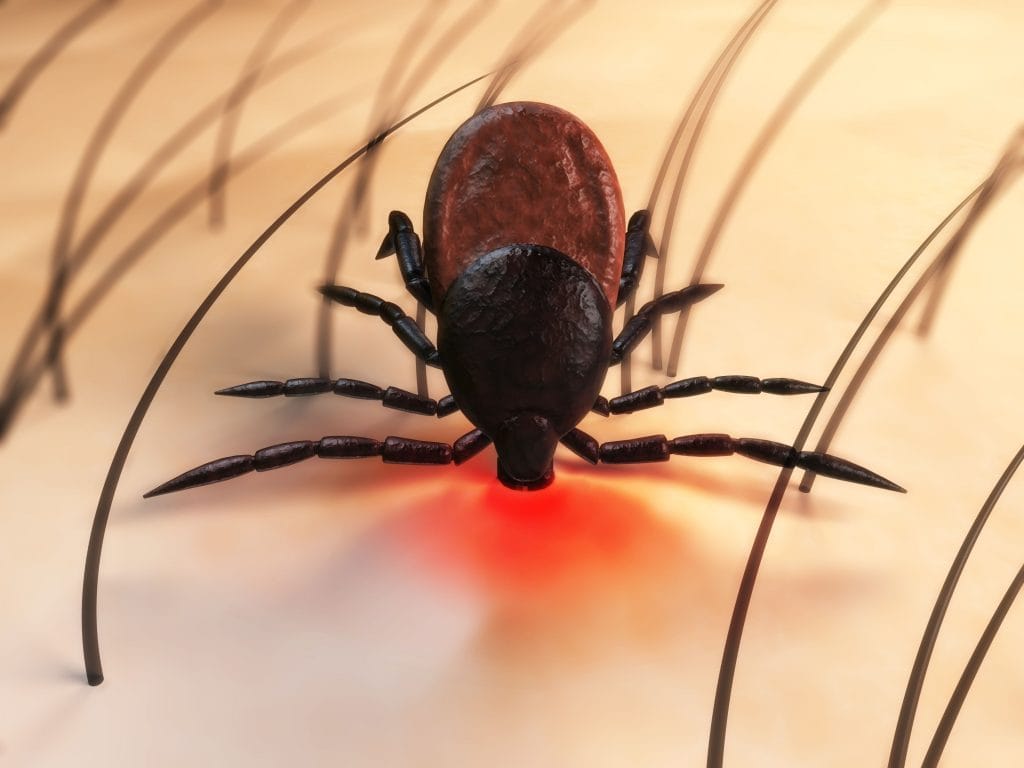Five deaths have occurred in the state of Karnataka after an outbreak of Kyasanur forest disease (KFD), also known as “monkey fever”. The outbreak in Karnataka follows a similar outbreak which occurred last year in Maharashtra.
The outbreak has spurred accusations from health officials of lapses within the state’s health department. There is no currently known treatment for the condition outside of ensuring proper hydration to ease symptoms. It is therefore imperative that vaccines against the disease are fully utilised.
A failed vaccination campaign?

Shivanand Patil, Health and Family Welfare Minister of Karnataka, has suggested a lapse in protocol for vaccination is to blame for the outbreak. Patil stated, “It has come to my notice that there have been lapses committed by the Health Department. An expert committee will be appointed and an internal enquiry will be conducted on this, which will include forest, health, rural development and the veterinary departments. The focus is on restricting the spread of the disease once again.”
Common protocol is to administer the vaccine within a ten kilometre radius of any known infected people or infected monkeys. Ticks from infected monkeys are the primary means of passing on the disease.
Until 2014, the radius for rolling out vaccines was five kilometres, as it was assumed that ticks would be unlikely to spread the virus beyond this boundary. However, researchers studying a suspected case of KFD in Kannangi in Thirthahalli taluk found infected ticks at eight kilometres and ten kilometres from the site of the original infection.
This case prompted the vaccine range to be increased from five to ten kilometres for fear of cases spreading beyond the boundaries. In this most recent case, a 2018 outbreak in the area found traces of the infection in Aralagodu, 8.6 kilometres from Brahmana Ilakale, the site of the originally reported outbreak. Vaccines had only been delivered within a five kilometre radius of the original infection.
“We began the vaccination process in the area for a radius of 5 km. Since Aralagodu is further than 5 km from Brahmana Ilakale, we did not vaccinate people in the area,” said Dr Ravi Kumar, Deputy Director, Virus Diagnostic Laboratory
Delayed reaction could cost lives
By neglecting to provide vaccination within the appropriate range of ten kilometres the outbreak was allowed to spread. By permitting this, further outbreaks were seen in this case, with the potential for even more to be revealed as time goes by. This allows the disease to spread, endangering lives in nearby communities.
In terms of efficiency, this is perhaps the worst course of action. While a vaccination campaign covering ten kilometres is more costly, and requires far more boots on the ground to administer the vaccination, it does, at least according to current data, all but ensure that the disease is isolated and will not spread.
Covering a five kilometre distance allows for the possibility that in each vaccination campaign a few cases may spring up on the periphery of the original case. In this scenario in which further five kilometre campaigns are carried out the disease outbreak may go on indefinitely as it chains from village to village. It is far more cost efficient to run a larger vaccination drive in the initial case than to allow this to happen.
Kyasanur forest disease, symptoms and transmission
KFD is spread to humans either through bites from infected ticks or contact with an infected animal. The disease is therefore far more common in rural environments. Those at elevated risk of contracting the disease include farmers, livestock workers, hunters and cattle grazers.
After a brief incubation period following infection, common initial symptoms include a fever, headaches and nausea. The disease has the potential to become more serious, progressing to cause diarrhoea and vomiting, as well as mental disturbances, tremors and vision deficits.
KFD can also cause haemorrhagic symptoms. This commonly involves bleeding from the nasal cavity, throat, and gums, as well as gastrointestinal bleeding. A combination of bleeding and diarrhoea can cause fluid loss which can result in the death of the infected individual if treatments such as fluid replacement are not administered.
Annually, around 500 cases of the disease are reported. Of these, the mortality rate ranges from three to ten percent.
Though the disease can be fatal, a person may fully recover from the condition with proper fluid replacement, a high-protein diet and adequate rest. Vaccinations are the most effective preventative measure against KFD. With high enough levels of immunisation coverage, it may be possible to entirely contain the outbreaks.

